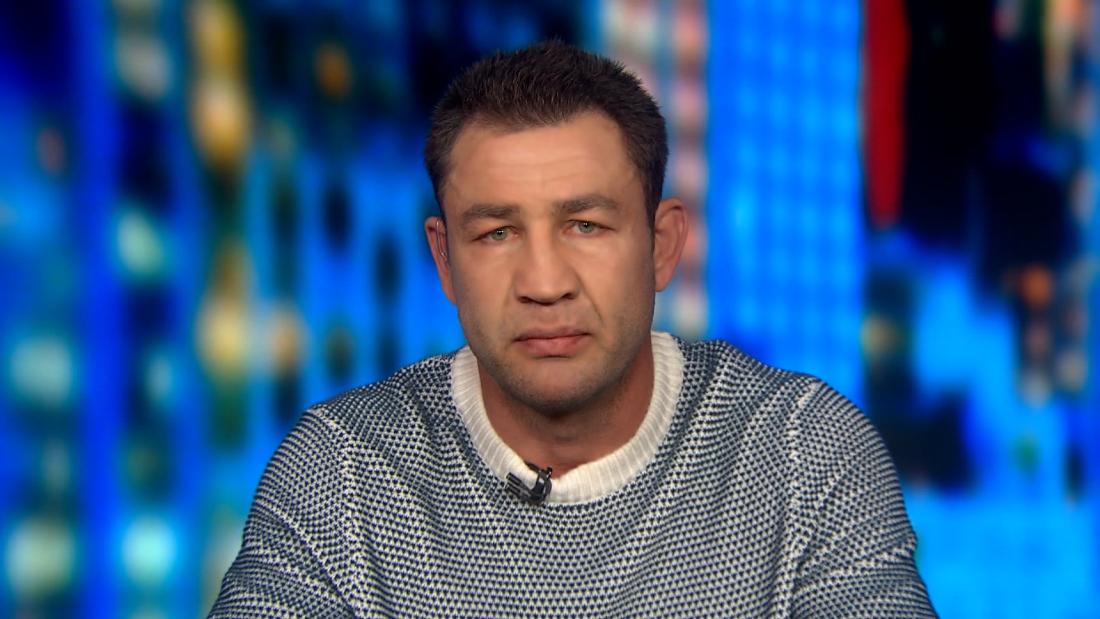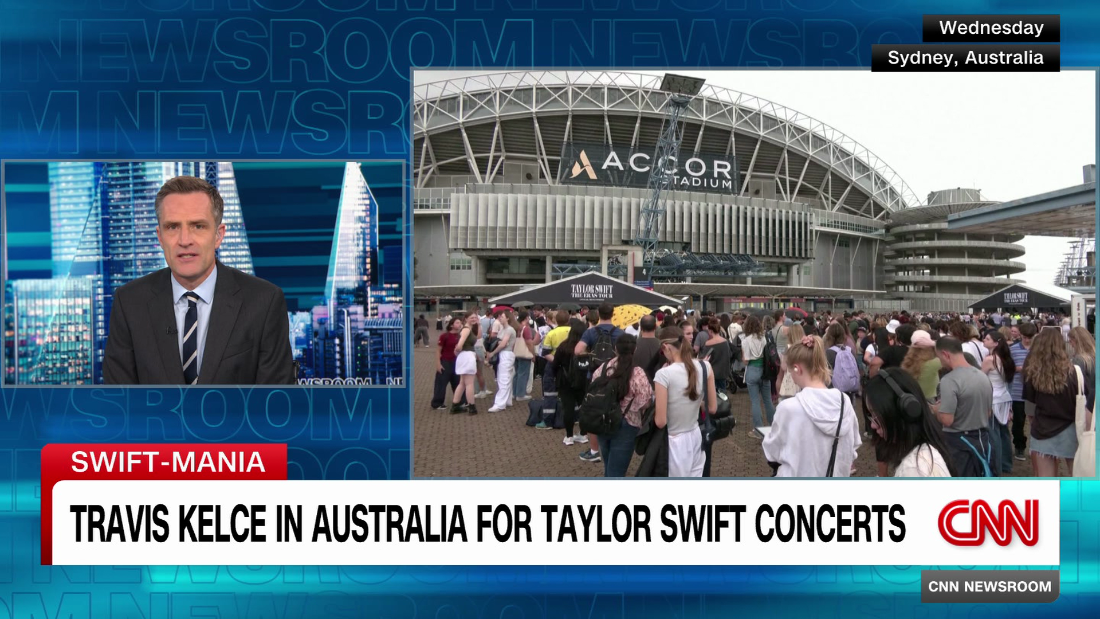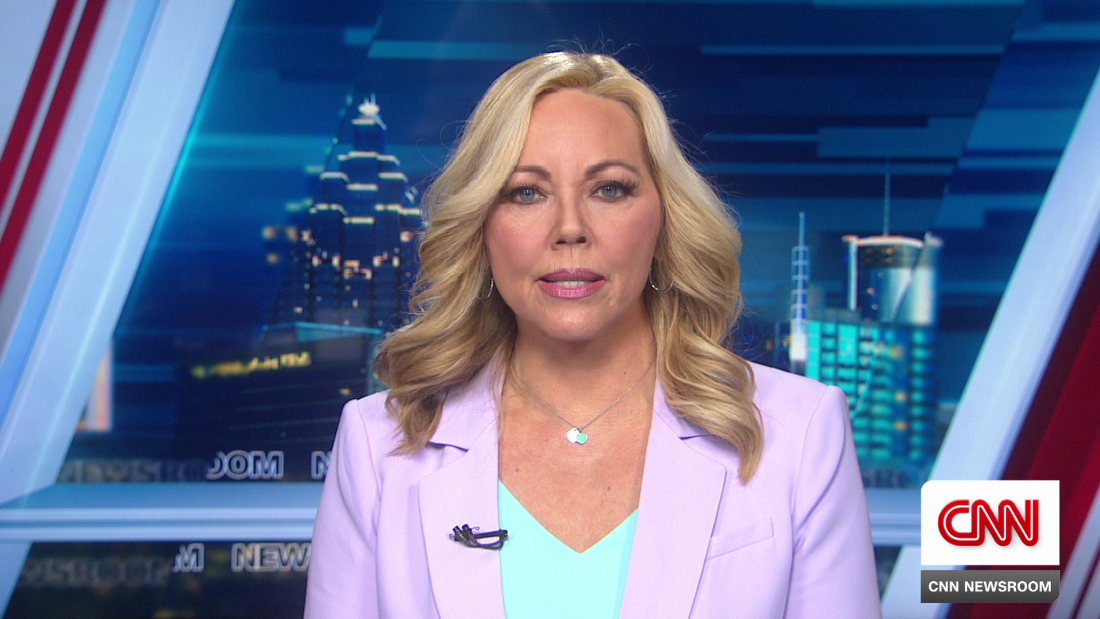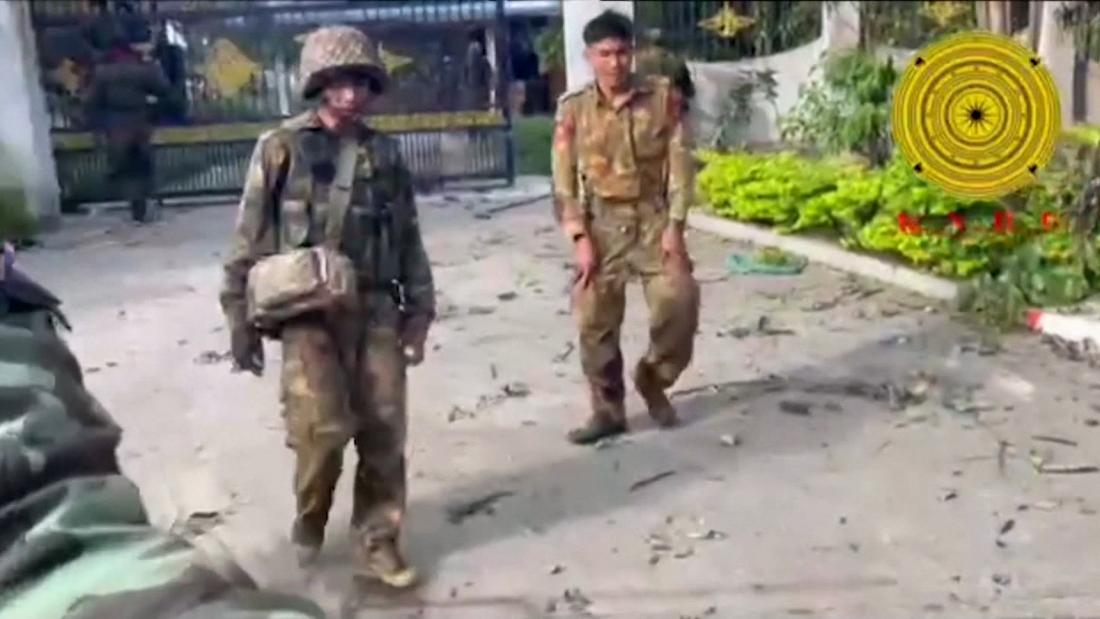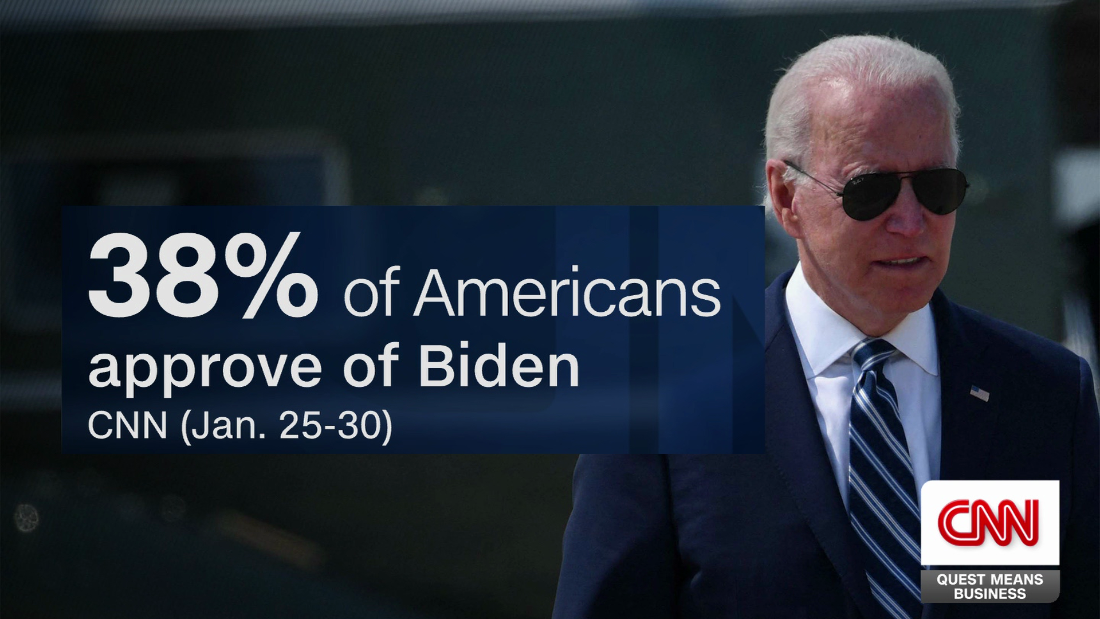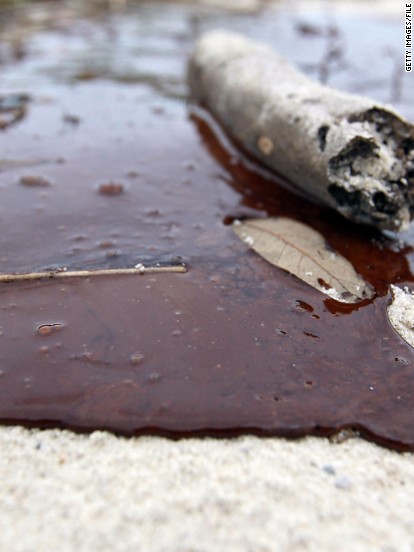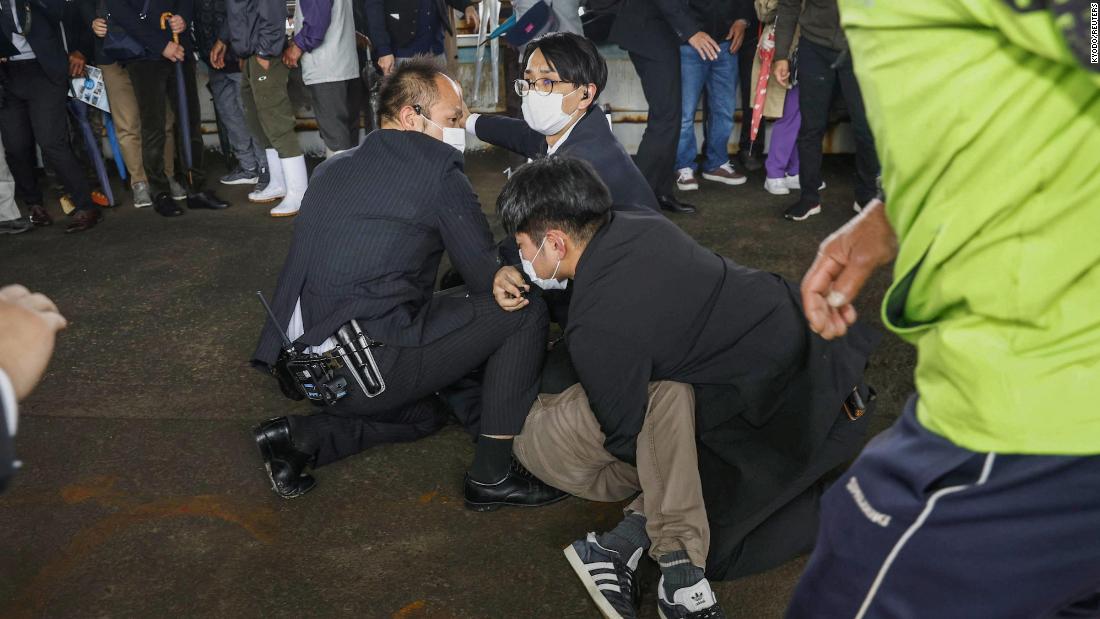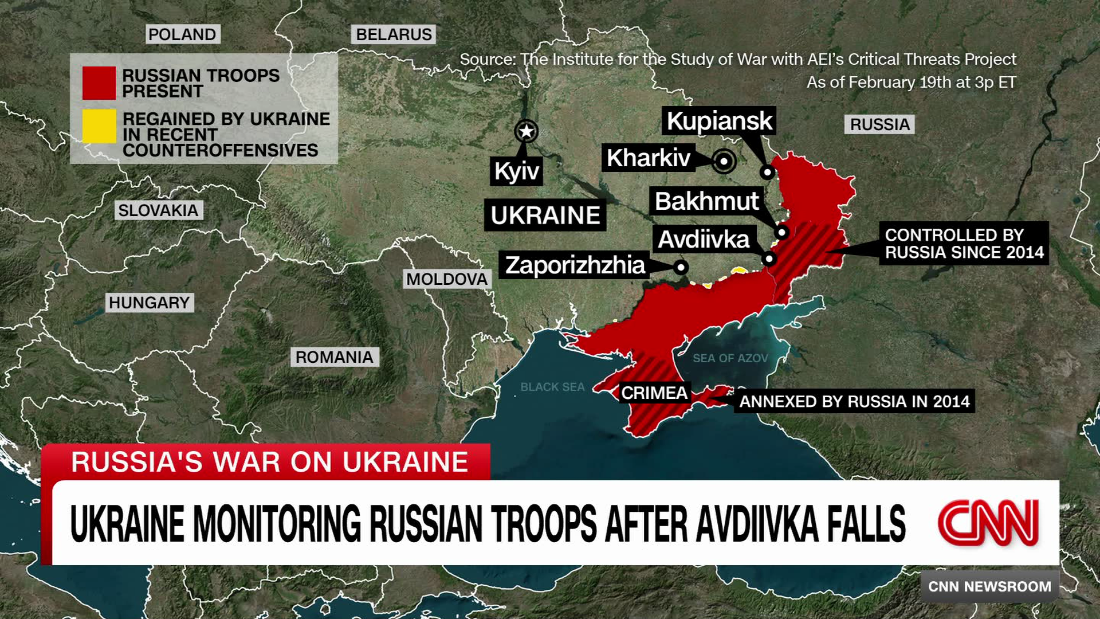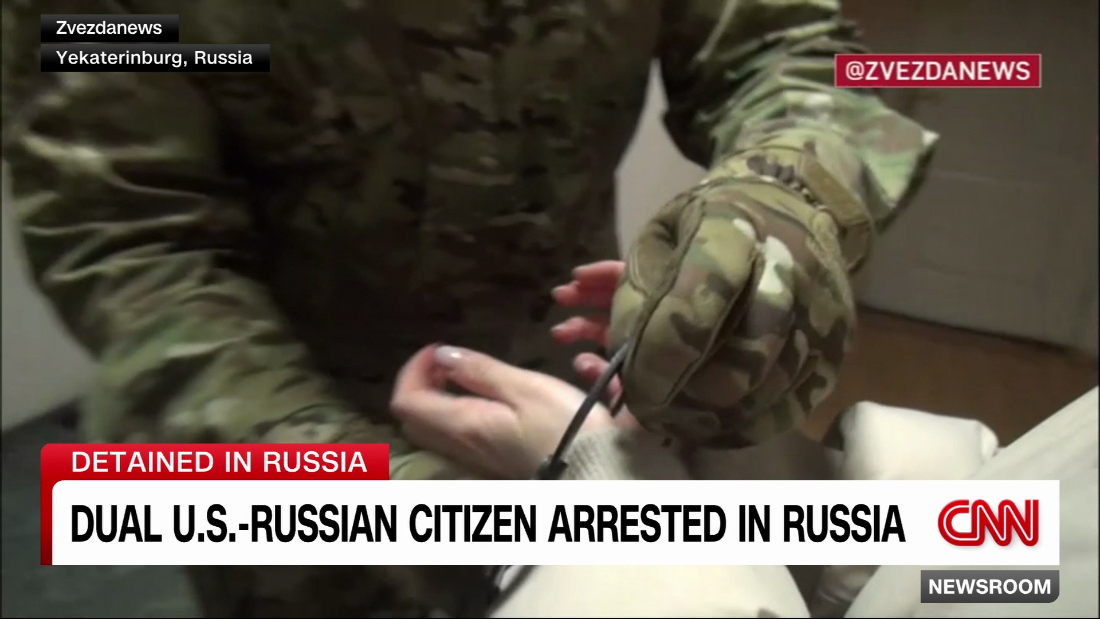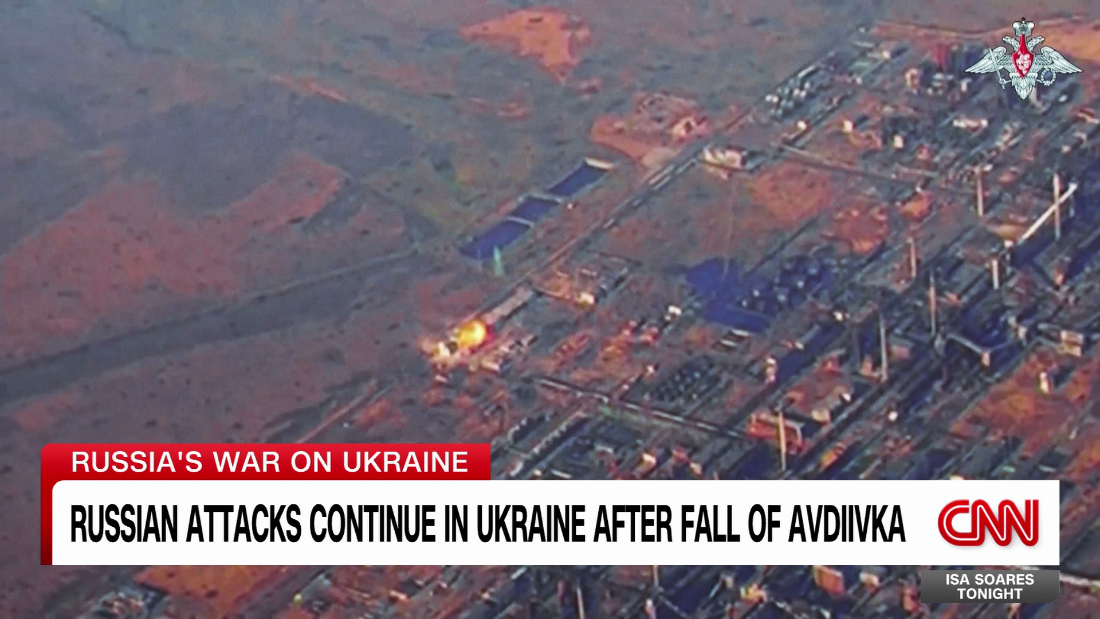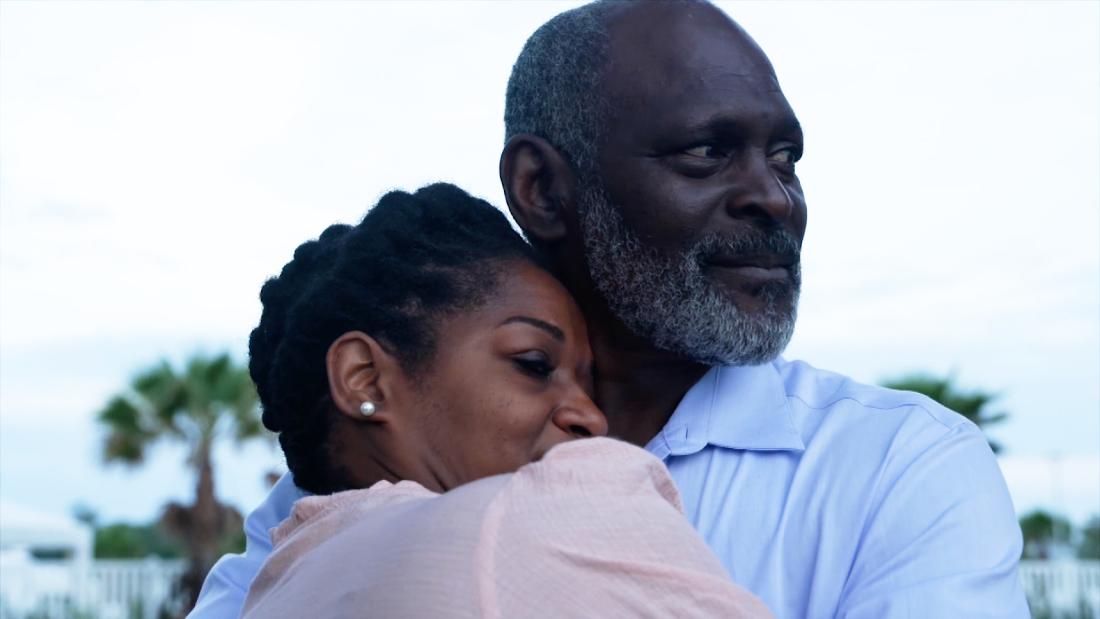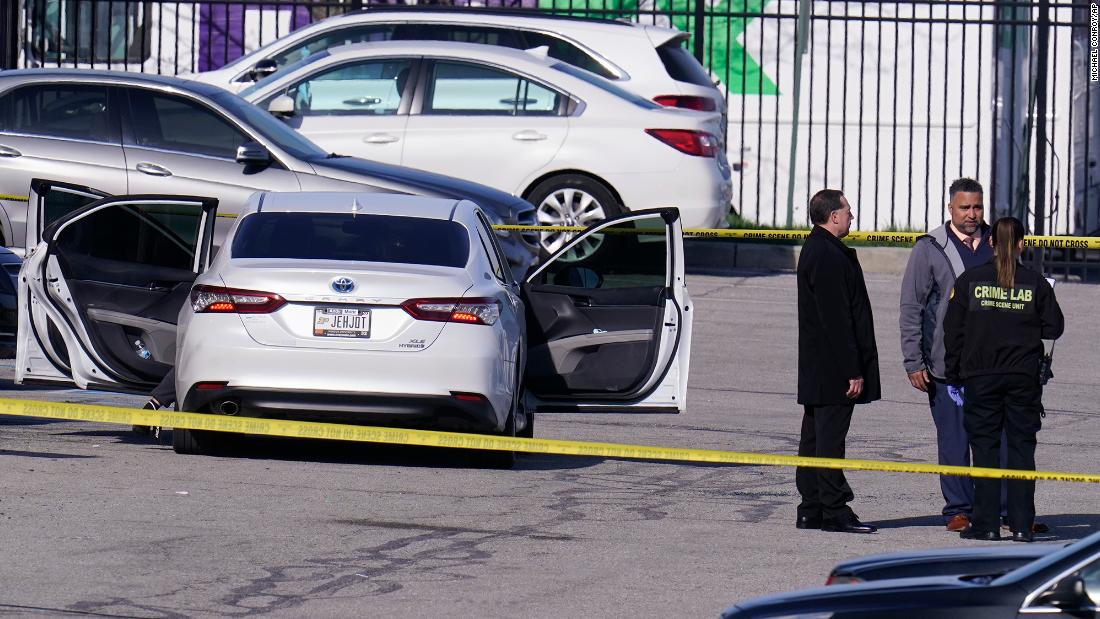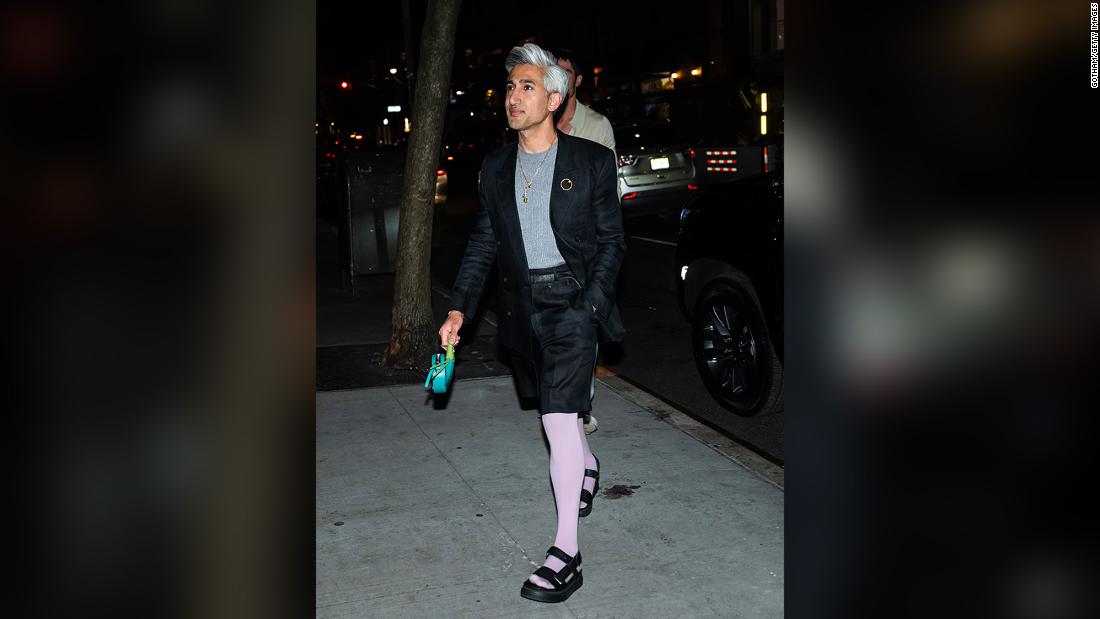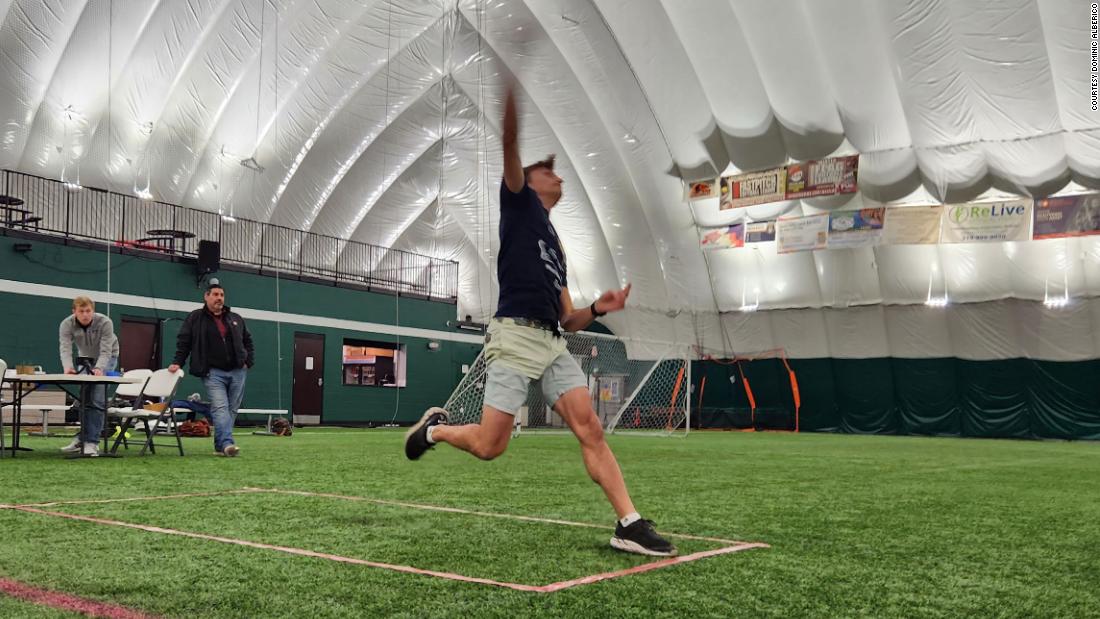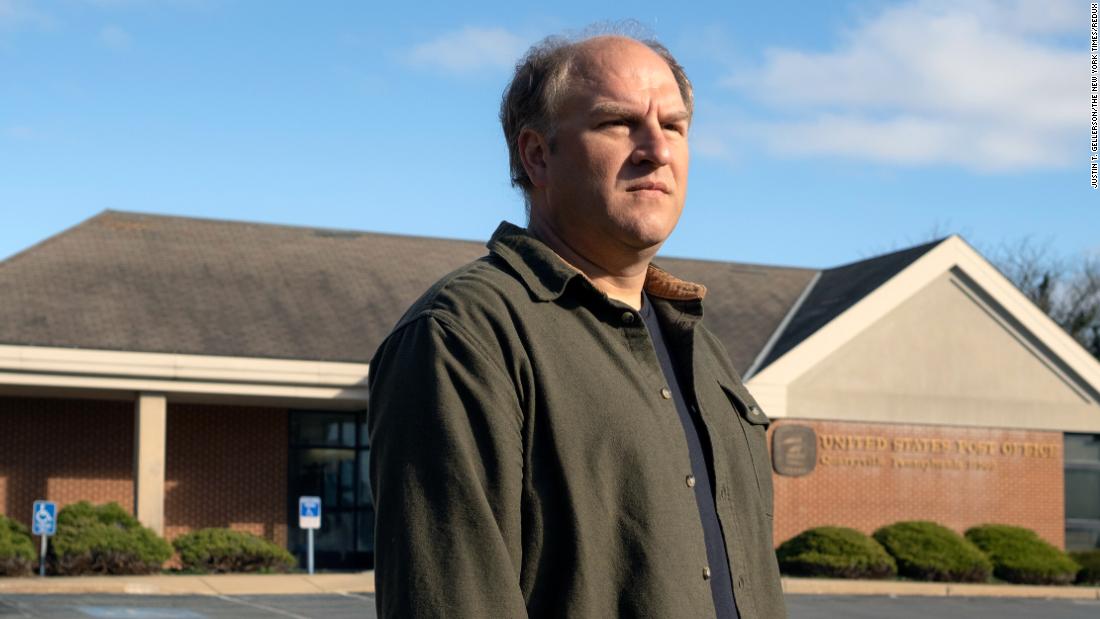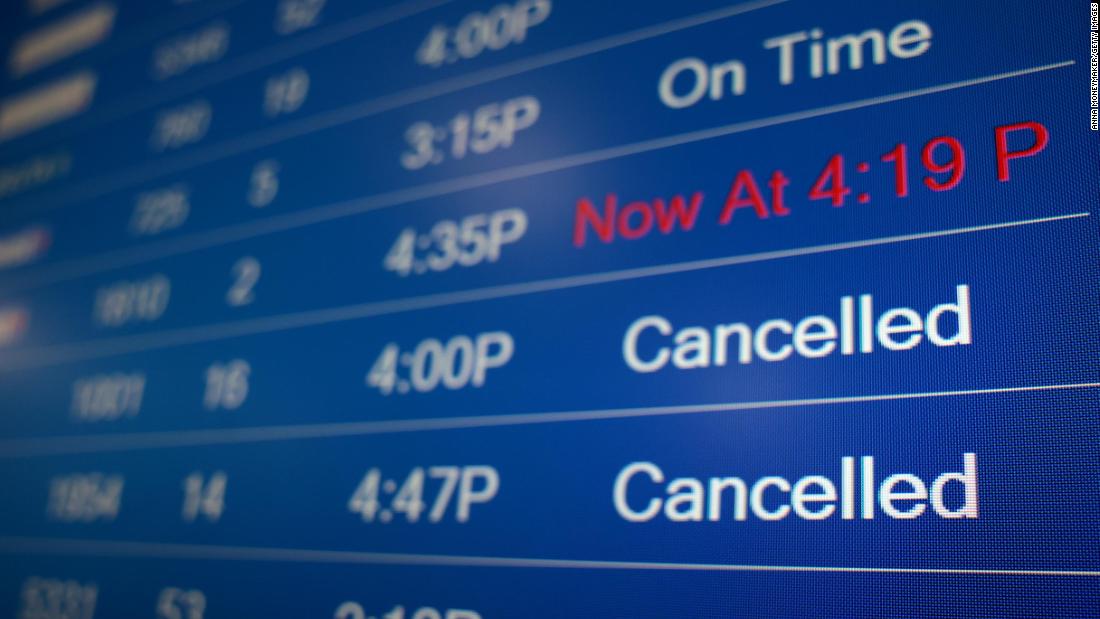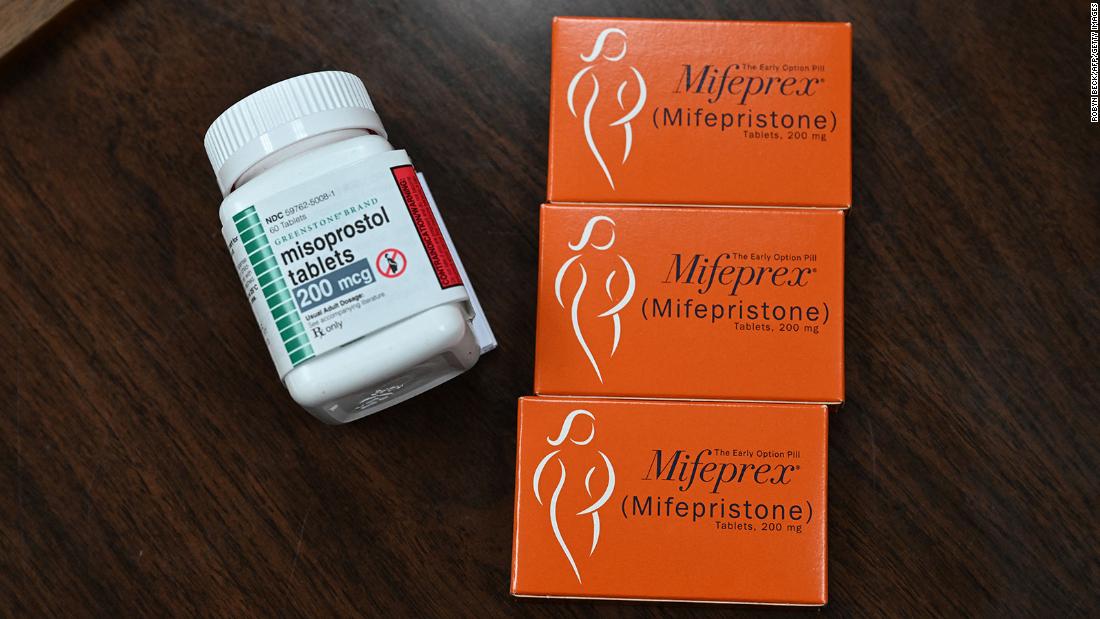DOG owners are being warned not to take their pets out for walks during key times this week as the UK braces for a summer heatwave.
Vets say that while many owners believe a stroll in the fresh air is a good idea, the risks to dogs are much greater than just leaving them in a hot car.
GettyDuring heatwaves, the safest place for your pet is indoors in a cool, shaded area with good airflow[/caption]
Across the UK, with temperatures set to exceed 25°C and possibly reach 30°C in some regions, veterinary experts are urging owners to rethink their walking routines.
According to Pet Health Club, which represents over 800 vet practices, the danger isn’t just the sun — it’s the ground beneath your dog’s feet.
In places like London, Manchester, Birmingham and parts of the South East, surfaces such as pavements and artificial grass can retain extreme heat long after the sun has started to dip.
These hot surfaces can soar to more than 50°C — easily enough to burn sensitive paw pads and trigger overheating in just minutes.
Holly McKinley, senior vet at Pet Health Club, explained: “Many owners assume it’s safe to walk their dogs once the sun dips, but pavements often stay dangerously hot well past 5pm, and on some days, the air does too.
“That’s why we’re calling it the hidden ‘danger hour’.”
While heatstroke in dogs is a well-known risk in parked cars, the latest research suggests that walks during hot spells are an even bigger danger.
A staggering 74 per cent of heatstroke cases in dogs are caused by exercise, compared to just 5 per cent from being left in vehicles.
“Dogs don’t sweat like we do, and their ability to cool down is limited. So even when it feels bearable to us, it can still be risky for them,” said Holly.
“Walking your dog in 25-degree heat is like running a marathon in a fur coat.
“It might not seem extreme to humans, but for dogs, especially those with thick coats or flat faces, it can be life-threatening.”
She added that breeds with short snouts — known as Brachycephalic breeds, including pugs, bulldogs and boxers — are particularly at risk.
Their compromised airways mean they struggle more to breathe and regulate their body temperature during even mild exertion.
Dog owners are urged to check pavements before heading out by using the back-of-the-hand test.
“If you can’t comfortably hold it there for seven seconds, it’s too hot for your dog’s paws,” Holly said.
“If in doubt, skip the walk and focus on indoor play or enrichment instead.”
Symptoms of heatstroke can come on quickly and include excessive panting, drooling, lethargy, confusion, vomiting and even seizures.
If untreated, it can result in collapse or death in a matter of minutes.
Dog breeds most susceptible to overheating
In general, there are six groups of dogs who struggle most in hot weather…
Firstly, those with underlying health problems. Dogs can’t sweat like we can, so rely largely on panting to cool down. However, if they have airway or lung impairments, or suffer from fluid balance or hydration issues, then this is more difficult, and their ability to lose heat is reduced, meaning they are at a higher risk of heat-stroke.
Overweight animals find it harder to ventilate, and their core temperature rises faster than you’d expect for a lean dog.
Very young dogs or very old dogs are also at increased risk of heatstroke, and these owners should be even more cautious in hot weather.
Dogs with very thick coats, who are adapted to a colder climate. Dogs such as the Husky or Malamute – and even the Chow Chow – have been bred to keep heat in. However, this comes at the price of being less well able to cope in hot weather. Their thick double coats effectively trap heat, making it the equivalent of us going out in the July heat wearing a fur coat and thermal underwear: they get very hot, very quickly. This problem can be alleviated by clipping (NOT shaving), however, the coat can take a long time to grow back. In a heatwave, though, if you’re struggling to keep your dog cool, I’d personally rather have a dog with a thinner coat who’s alive than a luxuriously coated dog in the morgue.
Short-nosed, or brachycephalic, breeds such as Pugs, Bulldogs, and French Bulldogs. These dogs have been bred to look “cute”, with big eyes and flat faces. Unfortunately, the result of this has been a narrowing of the airways and a profusion of soft tissue in the nasal chambers and pharynx – we call this Brachycephalic Airway Syndrome, and it profoundly affects their ability to pant and lose heat. Like a dog with any other respiratory disease, most members of these breeds are highly prone to heatstroke, and as they are often overweight as well, are at very high risk in hot weather
Sean McCormack, head vet at Tails.com, said: “A dog’s ability to regulate heat is very different from ours.
This makes it essential for pet owners, particularly those new to dog care, to take proactive steps to keep their pets cool, safe, and comfortable.”
Even short walks in the midday sun can be dangerous.
Vets recommend walking early in the morning — ideally before 8am — or late in the evening, well after sunset, when both the air and surfaces have had time to cool down properly.
Eve, a veterinary nurse from the UK, echoed the warning on social media.
She said: “The temperatures are rising and taking your dog on a walk is not worth risking their life.
“Do it responsibly – 6am in the morning, 8pm at night when it’s nice and cool.”
She added: “This applies to every single dog breed, but especially Brachycephalic breeds.
If you can hear your dog breathing heavily on a normal day, that’s a sign they’re already under respiratory stress.
“Add heat to that, and it can become dangerous very quickly.”
Eve also warned of symptoms like vomiting and regurgitation, particularly in flat-faced breeds, which can lead to aspiration — where fluid enters the lungs and causes serious complications.
During heatwaves, the safest place for your pet is indoors in a cool, shaded area with good airflow.
Owners are advised to provide plenty of fresh water, use fans or cooling mats, and avoid overexcitement or vigorous play.
Symptoms of heatstroke can come on quickly and include excessive panting, drooling, lethargy, confusion, vomiting and even seizuresGETTY Published: [#item_custom_pubDate]














